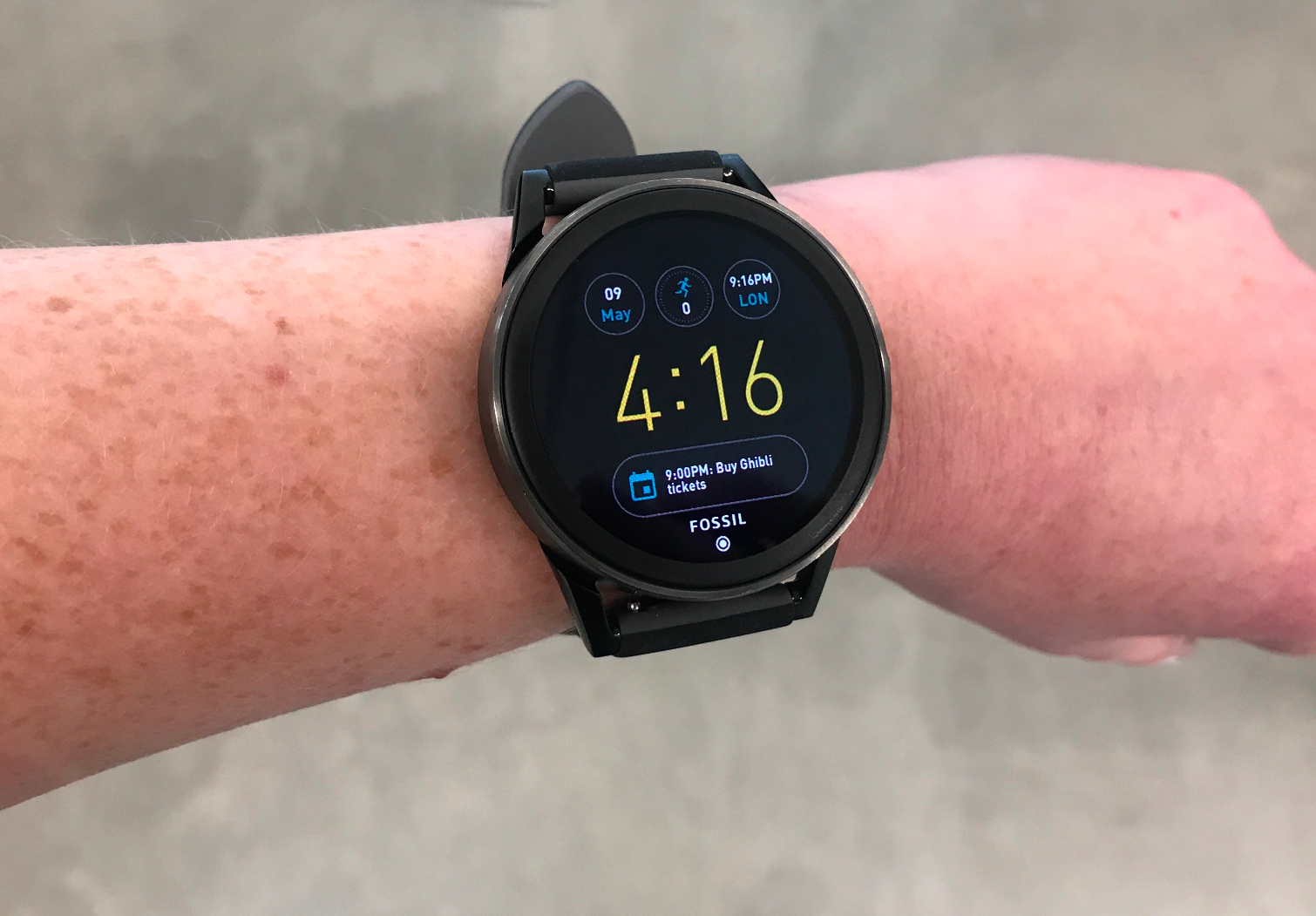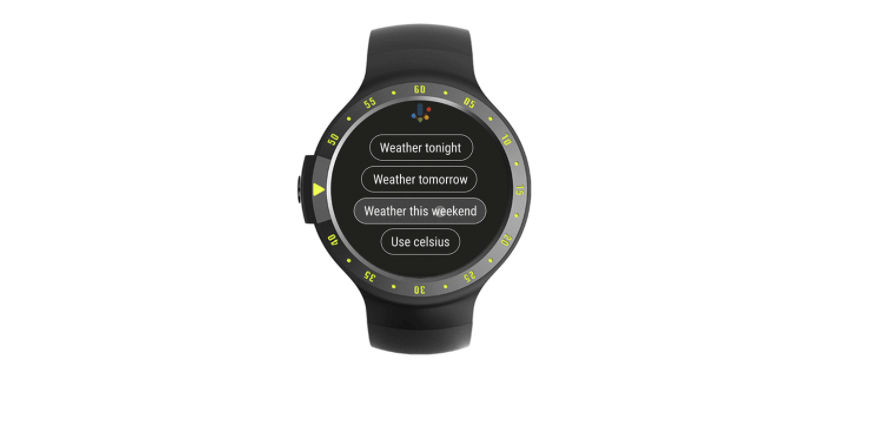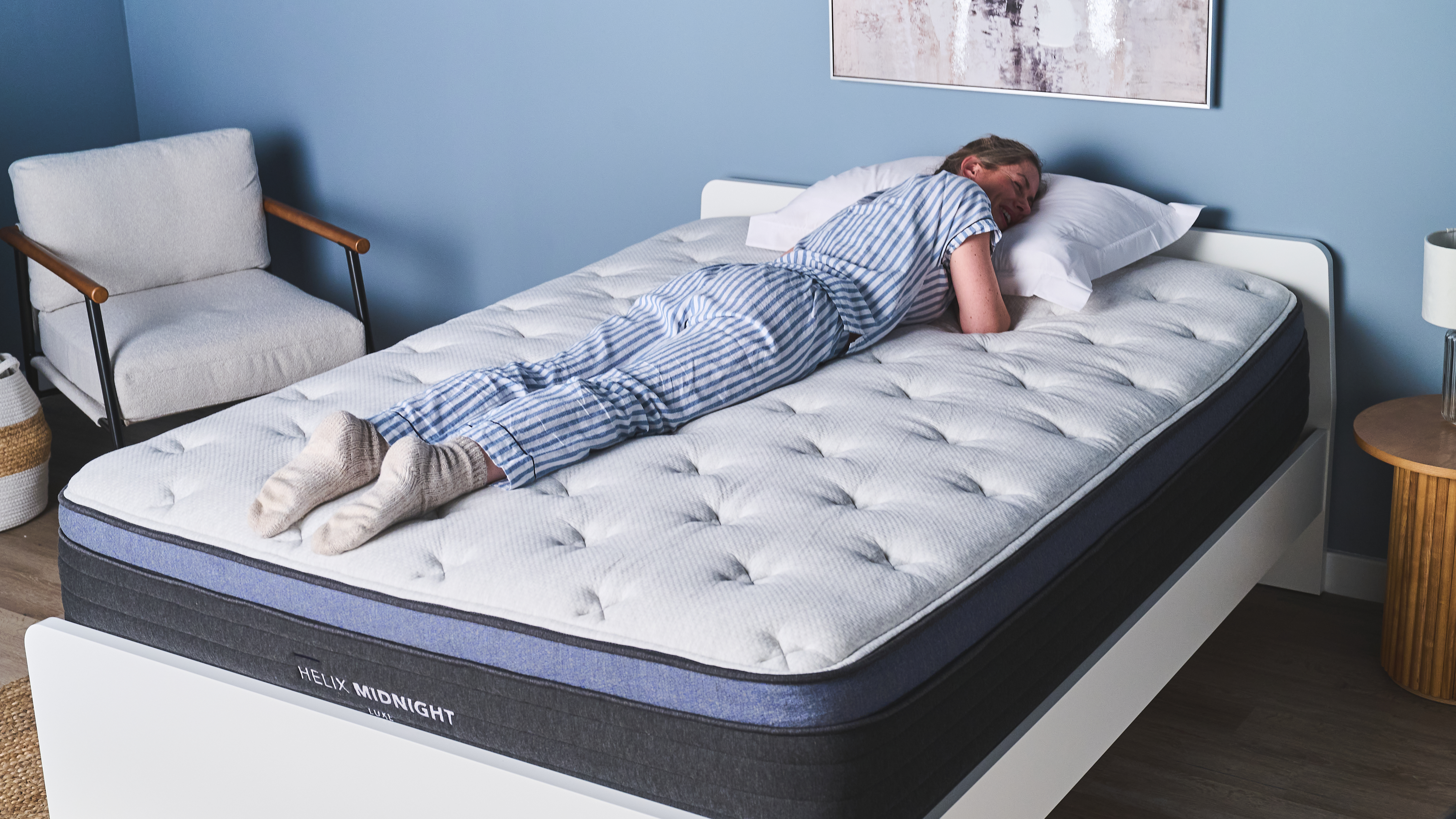The Future of Wear OS: Longer Battery Life, More Google Assistant
What Google's smartwatch platform really needs is a faster processor and better health and fitness-tracking features.
Smartwatch announcements were noticeably absent from the Google I/O keynote, despite the fact that every exec seemed to be wearing one on-stage. But Google does have improvements lined up for its Wear OS platform this year. That’s a good thing, because Android watches are floundering.

Google’s big focus is Google Assistant, which will play a larger role in Android P when it rolls out publicly this fall. Assistant just gained three new features for Wear OS watches: an always-on microphone that allows you to resume Assistant queries where you left off; text-to-speech conversion when using a Bluetooth headset with the watch so the watch can answer queries aloud; and suggested actions, or prewritten options for tapping your way through a conversation with Assistant.

There are also some design enhancements, such as a new dark mode and font for easier readability. Those changes are small, however, and none of the updates solve the biggest problems about Wear OS watches: the ultra-slow processor that powers all of them, and the underwhelming health and fitness features that lag behind rival smartwatches.
Google is working to address the latter with a handful of tools that users will find useful, including Touch Lock to lock your smartwatch screen when swimming or running outside on a rainy day. Google Fit, the Wear OS workout-tracking app, puts music controls directly inside the app so you can swipe down to adjust the volume or skip tracks instead of switching between the Fit and Music apps. Google Fit also added continuous heart rate-monitoring. These aren’t innovative features — far from it, in fact — but Wear OS users will appreciate them nonetheless.
MORE: Best Smartwatch - Top-Rated Watches for iPhone, Android
Google can’t fix the processor part, because the company doesn’t make its own smartwatch CPU like Samsung and Apple do. Instead, Wear OS watches run on a Qualcomm chip that is now extremely outdated. Qualcomm is working on a new chip, the company told Wareable, that will be revealed this fall alongside a new smartwatch, reportedly from LG. The company is rumored to be working on a new watch that incorporates one of Qualcomm’s new chips. Qualcomm is making a few different chips, including a dedicated sports chip with GPS and an LTE version.
Google is adding battery-efficiency features in Android P that will make their way to Wear OS. Right now, most Wear OS smartwatches last about a day on a charge. An enhanced Battery Saver Mode would turn off all radios, touch capacity and tilt detection to save battery life, as well as default to a watch face optimized for endurance. In this mode, you’ll have to short-press on the watch face to view the time and long-press to turn off Battery Saver Mode to perform a task on the watch. Google is also recommending that developers turn off background app functions to prevent processor-hogging when it’s not necessary.
Get instant access to breaking news, the hottest reviews, great deals and helpful tips.
Wear OS needs some major changes to compete with Samsung and Apple’s smartwatches. Apple is currently the wearables leader, in part because of processor upgrades and health and fitness features that can rival Fitbit and Garmin. Wear OS watches have lured some users with style-conscious devices, but their uses are otherwise limited.
With OS upgrades, a new processor and redesigned watches on the way, Wear OS could still compete. But Google and its hardware partners need to move quickly or risk losing the market altogether.
Caitlin is a Senior editor for Gizmodo. She has also worked on Tom's Guide, Macworld, PCWorld and the Las Vegas Review-Journal. When she's not testing out the latest devices, you can find her running around the streets of Los Angeles, putting in morning miles or searching for the best tacos.
-
ridhimasane these are the most important and essential aspects that one looking in the wear OS in near future . That's good briefing on the same.Reply
